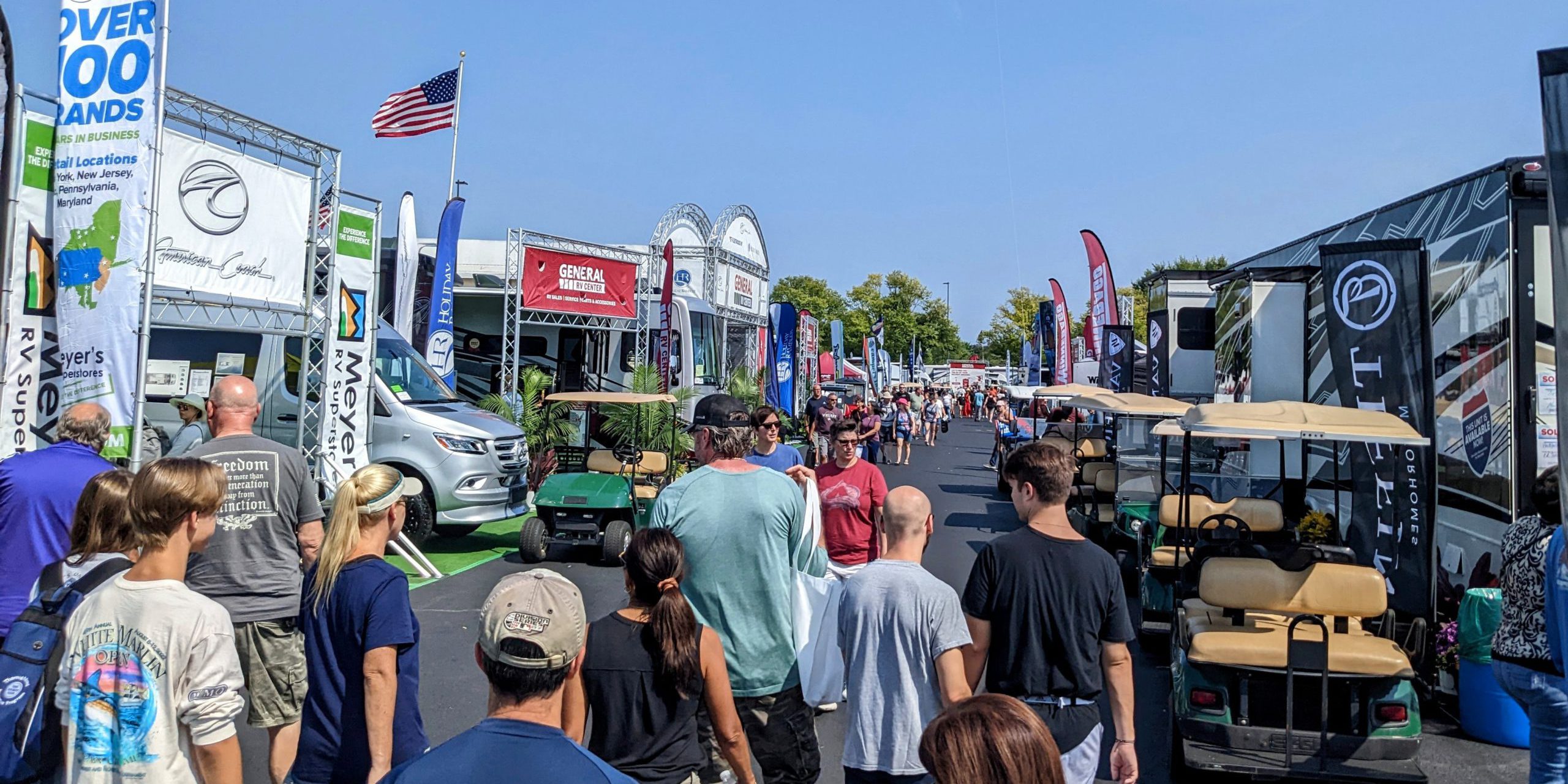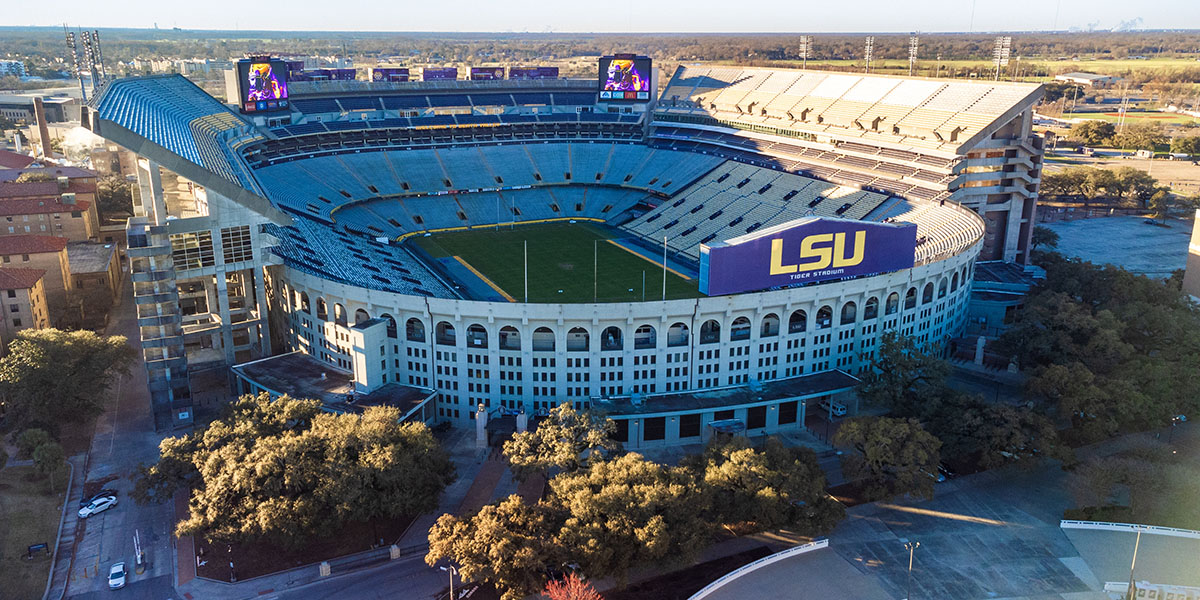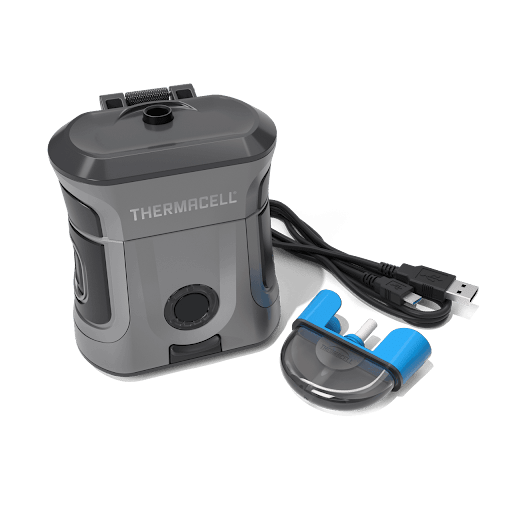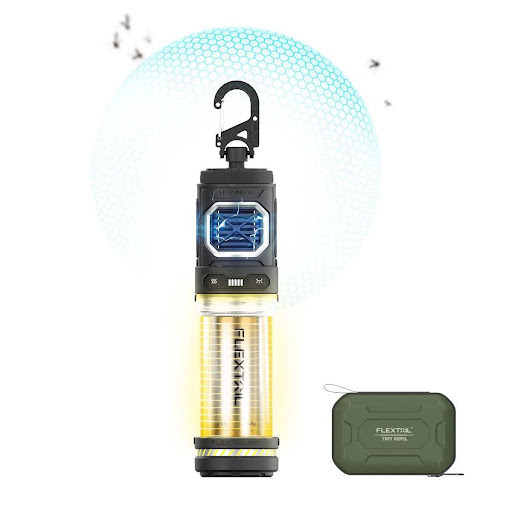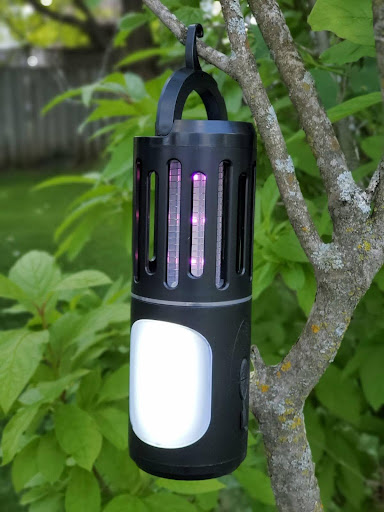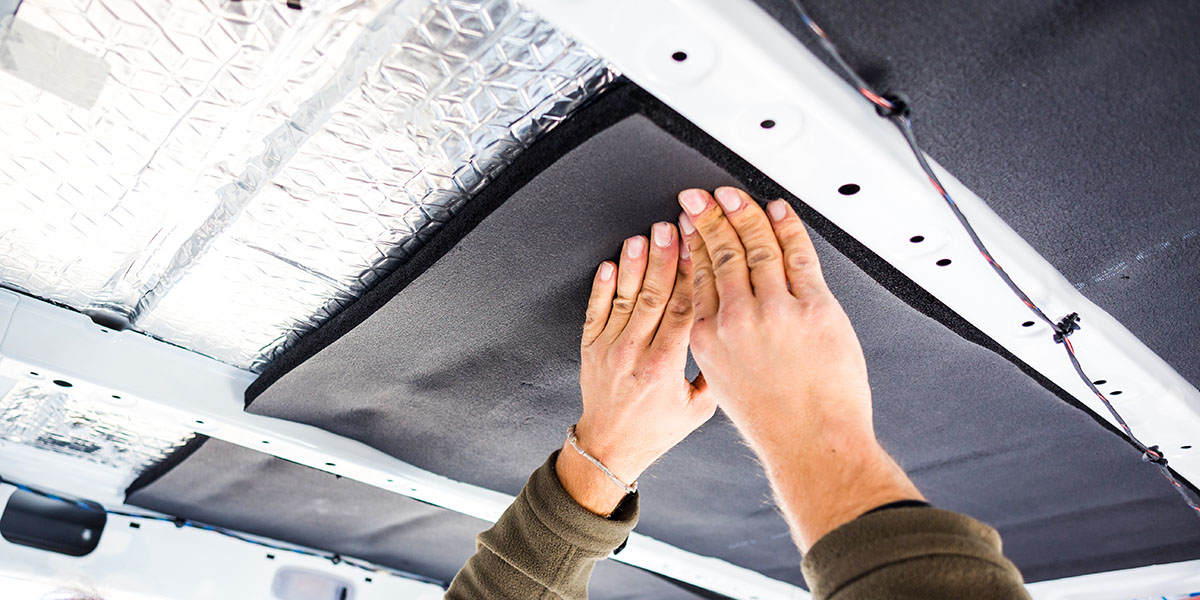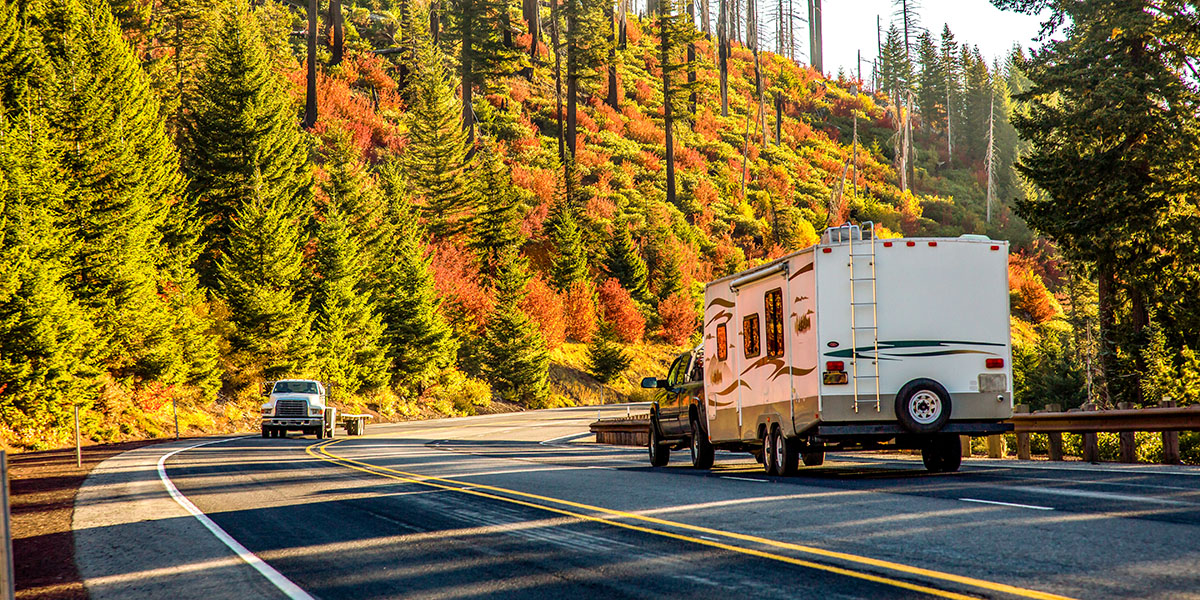If you’re getting ready to sell your RV, one of the first big questions you’ll face is: What’s it worth? It’s a fair concern—pricing your RV correctly is critical. Too high, and you might scare away buyers. Too low, and you risk leaving money on the table. Many RV owners immediately wonder: Is there a Kelley Blue Book (KBB) equivalent for RVs.
The short answer? Yes(ish) … with some caveats. Let’s dig in.
So, Is There an RV Blue Book?
Most car owners are familiar with Kelley Blue Book, the go-to pricing guide for automobiles. Unfortunately, KBB doesn’t cover RVs. Instead, the most recognized source for RV values is the NADA Guides, now operated under J.D. Power. Just like KBB for cars, NADA provides pricing estimates for new and used RVs based on factors like make, model, year, mileage, and condition.
How NADA’s RV Guide Works
NADA’s RV valuation tool allows you to search by year, make, and model. From there, you’ll get a pricing range that reflects what similar RVs are worth in the current market. This guide considers:
- Manufacturer suggested retail price (MSRP)
- Depreciation over time
- Market demand
- Comparable sales data
It’s worth noting that NADA values are a starting point — not the final word. They don’t always account for regional trends, upgrades, or aftermarket modifications you may have added to your rig.
RV Trader’s Valuation Tool
For sellers, the process can feel overwhelming — but that’s where RV Trader can help. RV Trader partners with J.D. Power’s NADA Guides to offer an RV Valuation Tool right on the website. This makes it easy to get an accurate estimate of your RV’s worth, tailored to the selling experience.
Using the RV Trader tool, you can:
- Enter your RV’s details and receive a value estimate based on J.D. Power data.
- See how similar RVs are priced on RV Trader’s marketplace.
- Use the information to confidently set a competitive listing price.
What makes RV Trader’s tool especially powerful is that it connects valuation directly to action. Once you’ve determined your RV’s worth, you can instantly move forward by creating a listing on the largest dedicated RV marketplace in the country. With millions of buyers searching RV Trader every month, you’re not only getting a reliable price estimate — you’re also plugging into a marketplace where those buyers are actively shopping. That means you can leverage trusted NADA data and immediately position your RV in front of a massive audience of potential buyers, all in one place.
Beyond the Blue Book: Other Pricing Factors
While NADA (and RV Trader’s valuation tool) is an excellent resource, it shouldn’t be your only reference point. Pricing an RV is part science, part art. Here are a few extra considerations.
1. RV Condition
Your rig’s condition plays a major role. Has it been meticulously maintained, or does it show signs of wear and tear? A spotless, well-documented maintenance record can boost value significantly.
2. Upgrades and Add-Ons
Solar panels, upgraded interiors, or towing packages can add value. Conversely, outdated décor or worn upholstery may lower your asking price.
3. Market Demand
Just like houses, RV prices fluctuate based on supply and demand. For example, demand for travel trailers may spike in the summer months. Looking at active listings on RV Trader gives you real-world insight into what buyers are paying right now. If you’re not sure which season might be best, RV Trader’s Guide to The Best Time to Sell Your Motorhome can help.
4. Geographic Location
An RV might sell for more in regions where outdoor recreation is popular, like the Pacific Northwest, compared to areas with less camping culture.
5. Seasonality
Timing matters. Listing your RV in spring or early summer — just before peak travel season—often helps you attract more buyers and better offers.
How to Use Your Valuation Wisely
Getting your RV’s value from NADA or RV Trader is just the beginning. Here’s how to use that number:
- Set a realistic asking price. If your valuation shows $45,000, you might consider listing slightly higher to allow room for negotiation.
- Do your homework. Compare similar RVs on RV Trader to see if your price feels competitive.
- Be transparent. Include details on maintenance, upgrades, and any wear and tear in your listing. Honest, well-written descriptions build buyer trust.
- Stay flexible. Be prepared to adjust your price based on interest. If you’re not getting calls, it might be a sign your RV is priced too high.
The Right Tools for Solid RV Pricing
So, is there an RV Blue Book? Kind of. While Kelley Blue Book doesn’t cover RVs, J.D. Power’s NADA Guides fill that role. And, when combined with RV Trader’s valuation tool, you’ll have a powerful resource at your fingertips. By blending industry data with real-world marketplace insight, you can confidently price your RV to attract buyers and get the most out of your sale.
Selling your RV can feel like a big project, but with the right tools and information, you’ll be well on your way to handing off the keys to a happy new owner — at a price that makes sense for you.

